-
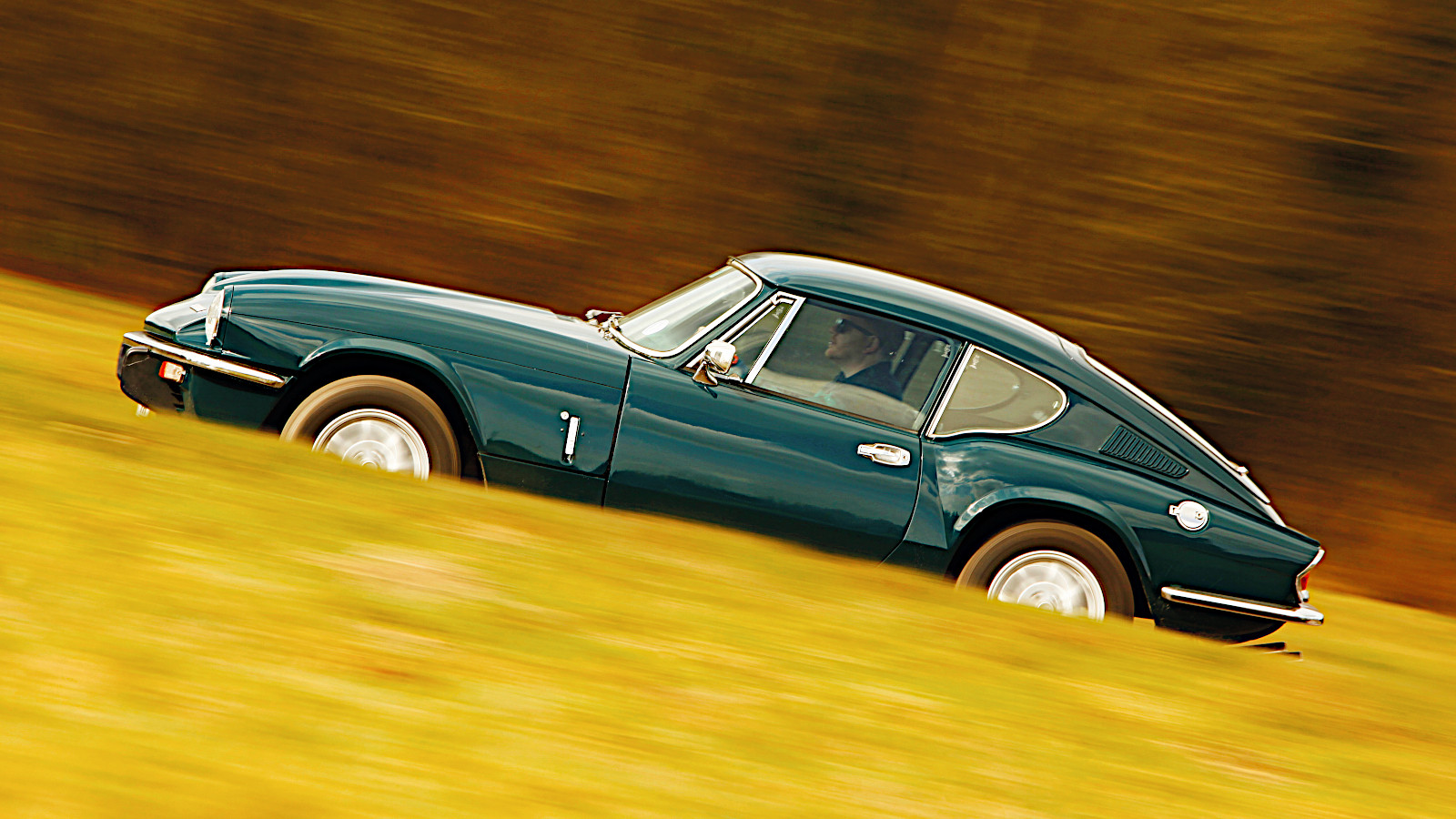 © Tony Baker/Classic & Sports Car
© Tony Baker/Classic & Sports Car -
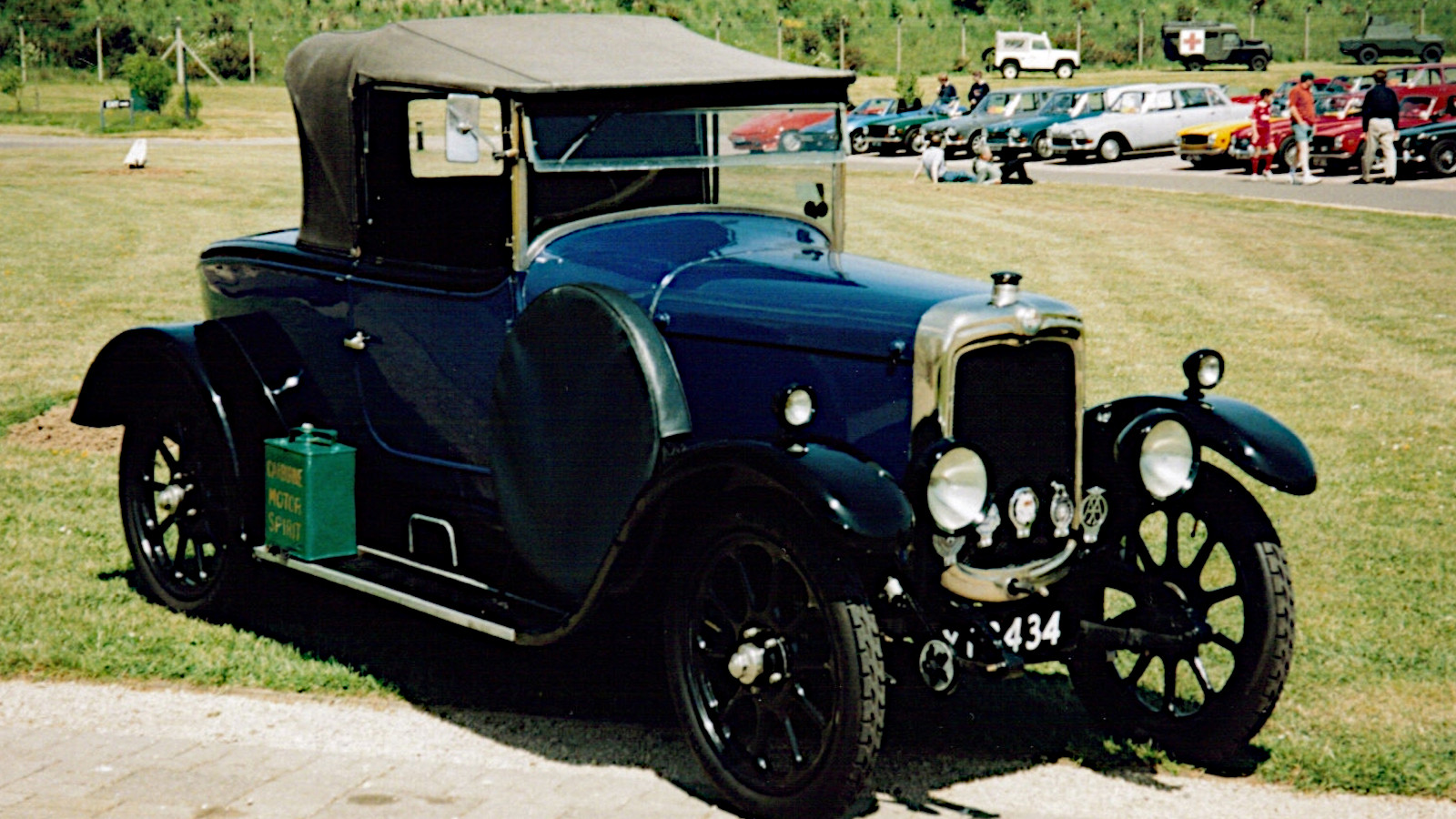 © FDS2/Creative Commons licence https://creativecommons.org/licenses/by-sa/3.0/legalcode
© FDS2/Creative Commons licence https://creativecommons.org/licenses/by-sa/3.0/legalcode -
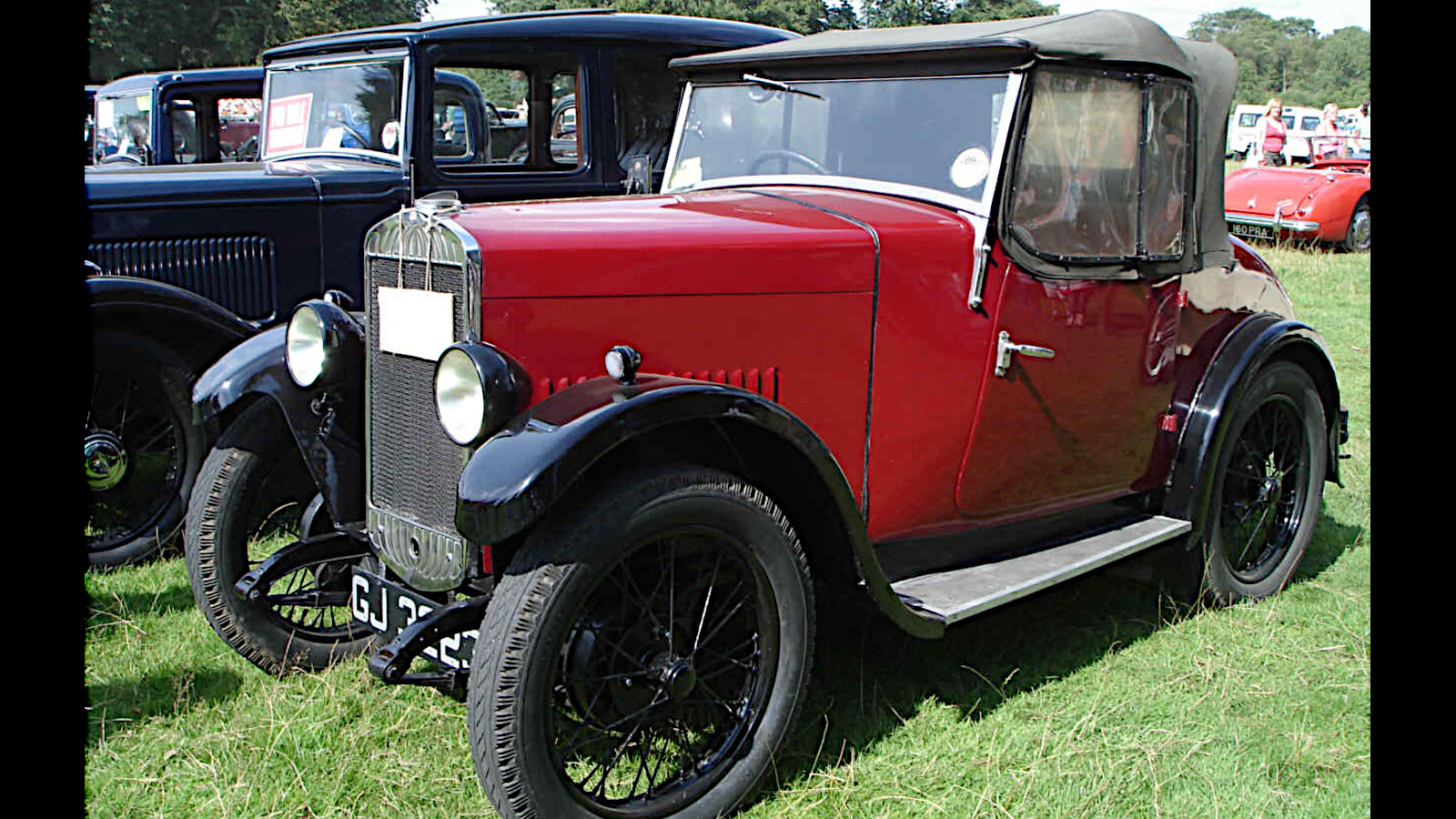 © Malcolma/Creative Commons licence https://creativecommons.org/licenses/by-sa/3.0/legalcode
© Malcolma/Creative Commons licence https://creativecommons.org/licenses/by-sa/3.0/legalcode -
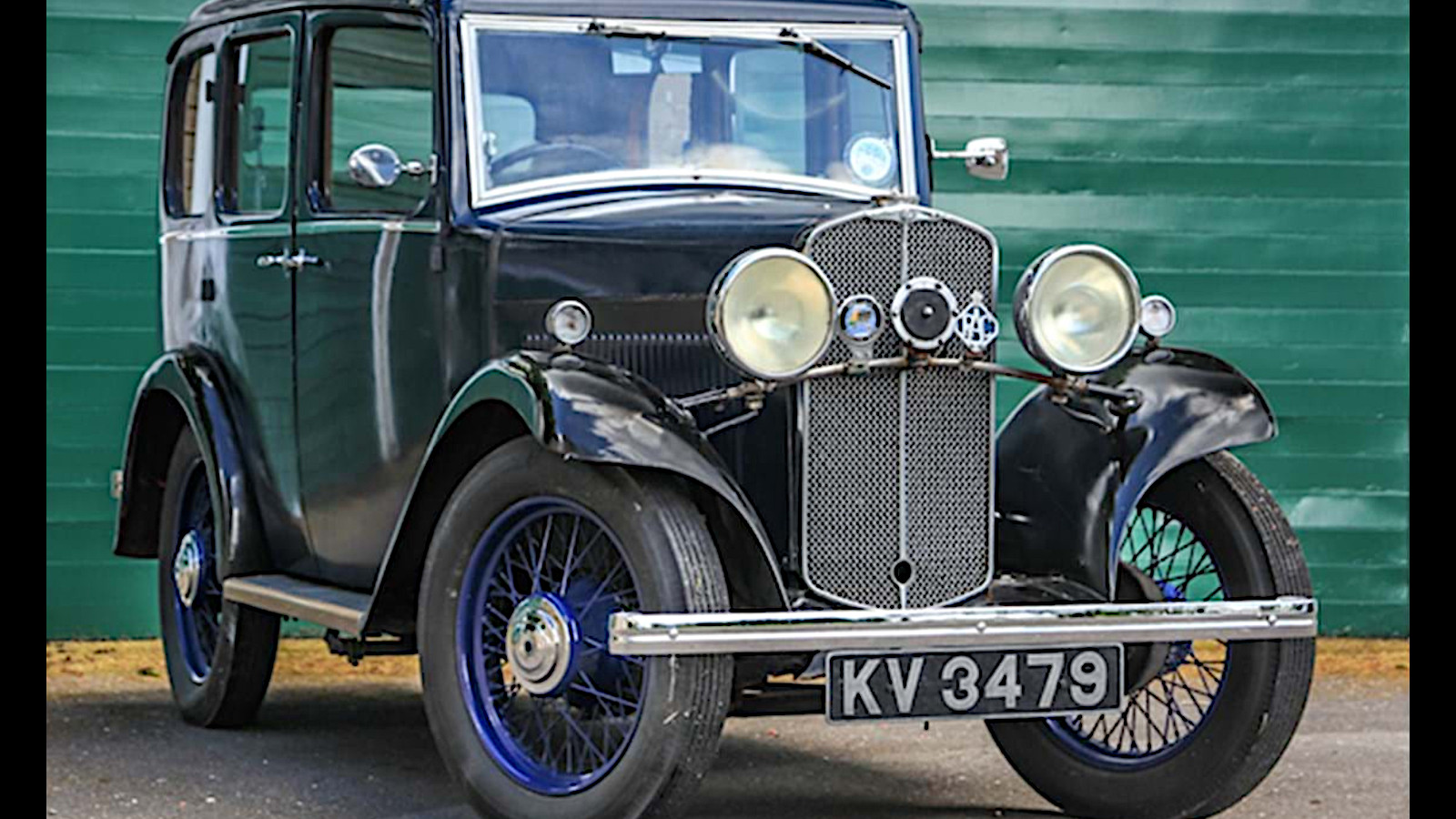 © Historics Auctioneers
© Historics Auctioneers -
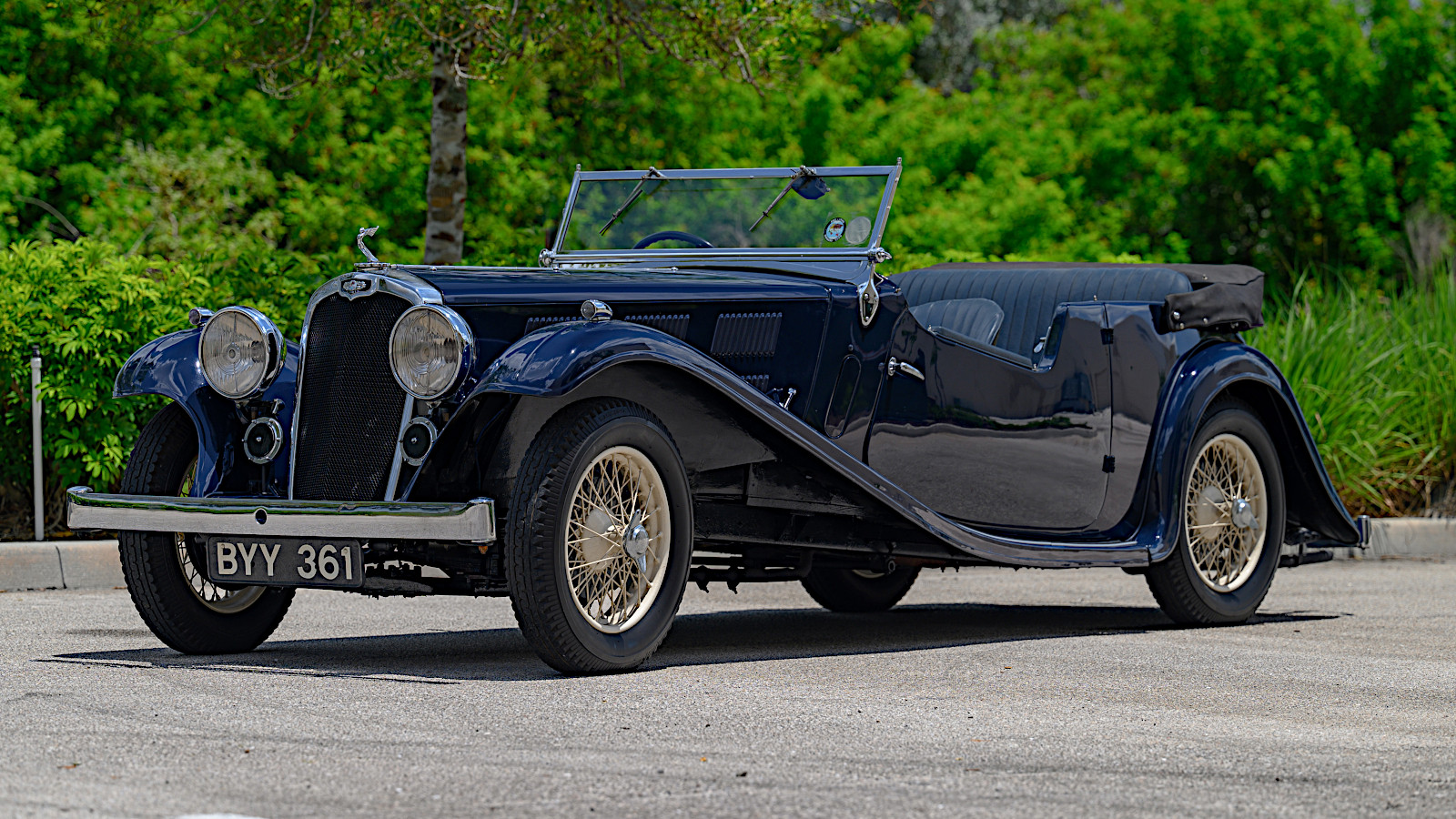 © Jason Delgado/RM Sotheby’s
© Jason Delgado/RM Sotheby’s -
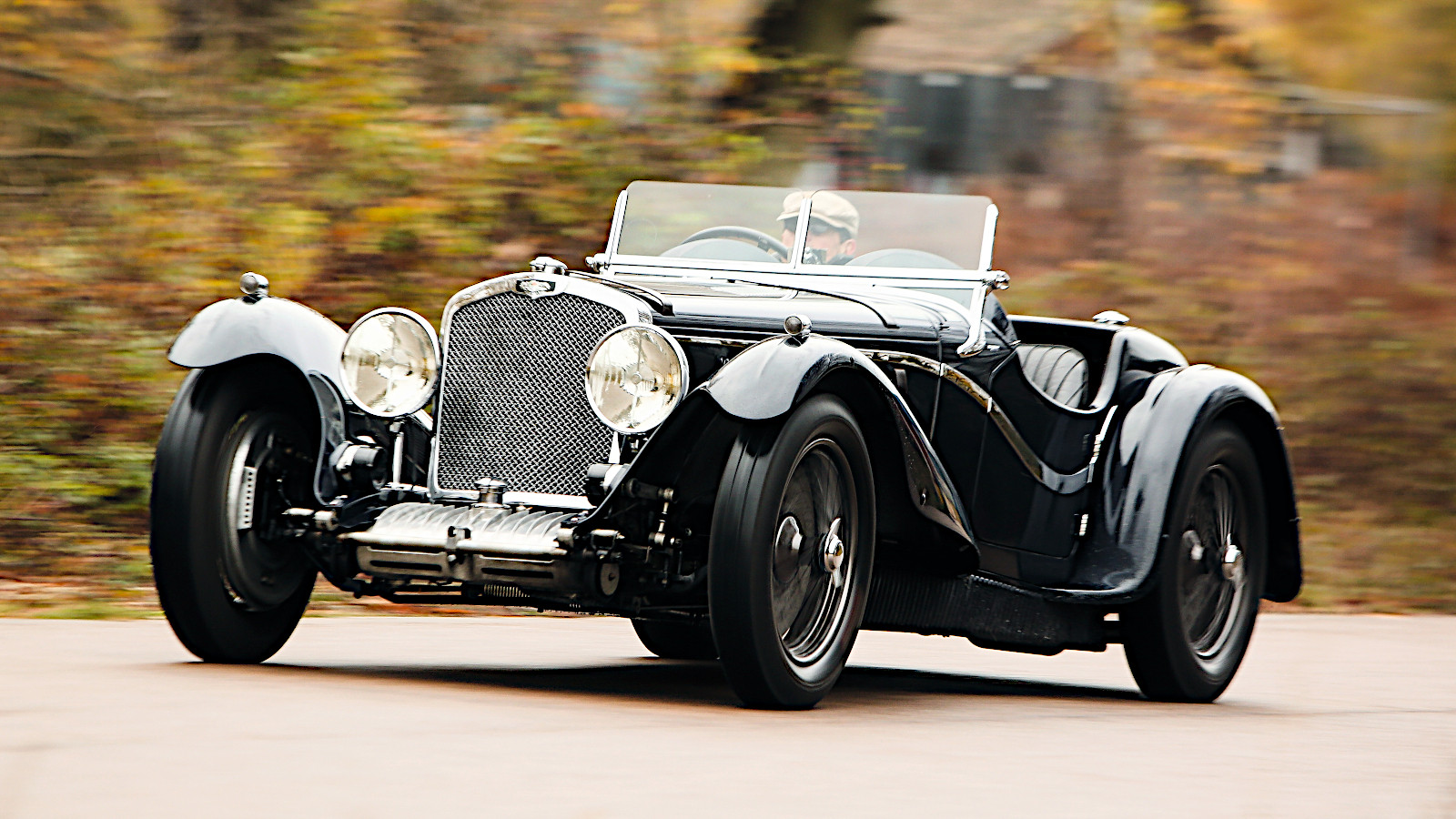 © Tony Baker/Classic & Sports Car
© Tony Baker/Classic & Sports Car -
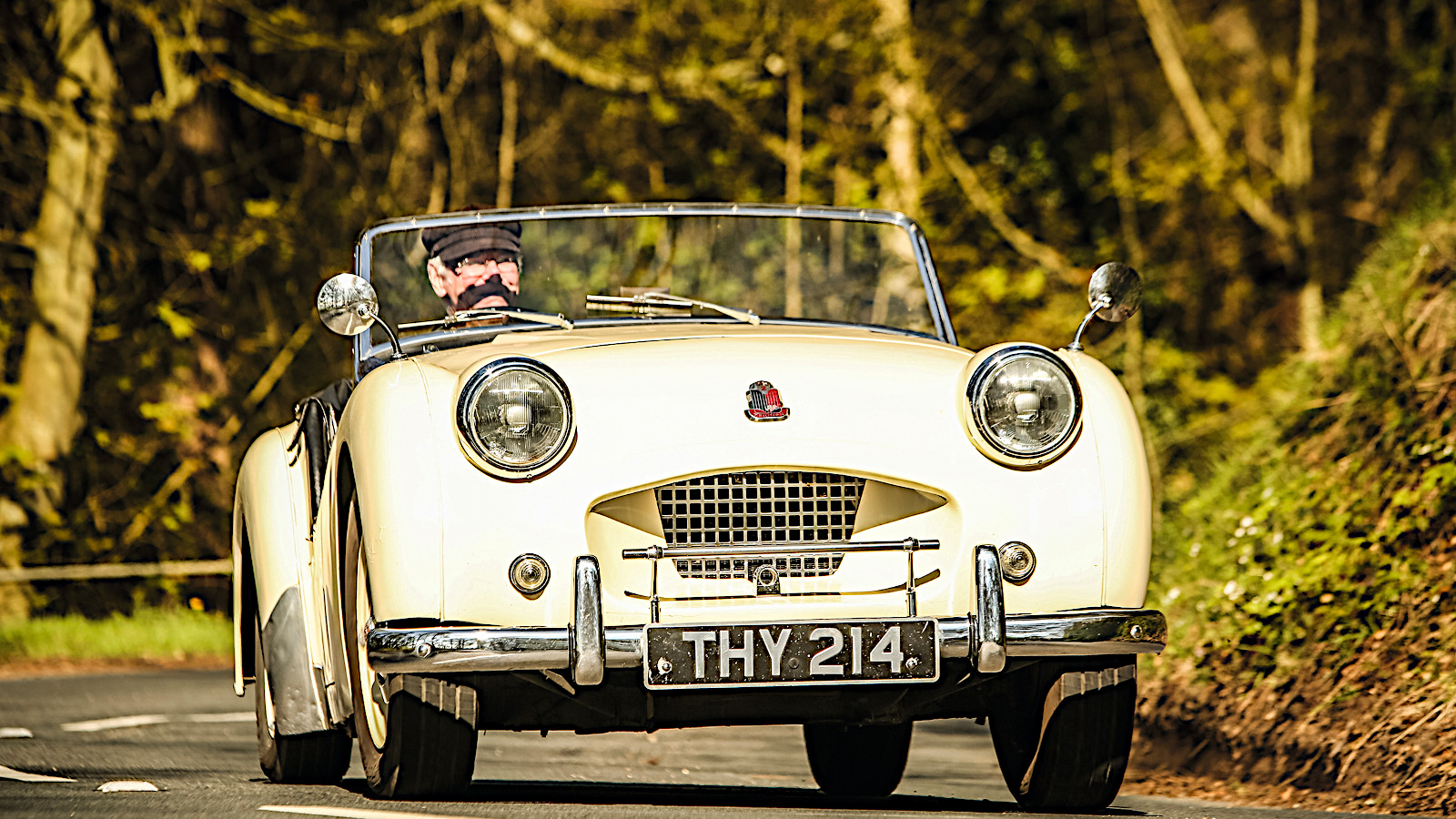 © Tony Baker/Classic & Sports Car
© Tony Baker/Classic & Sports Car -
 © Tony Baker/Classic & Sports Car
© Tony Baker/Classic & Sports Car -
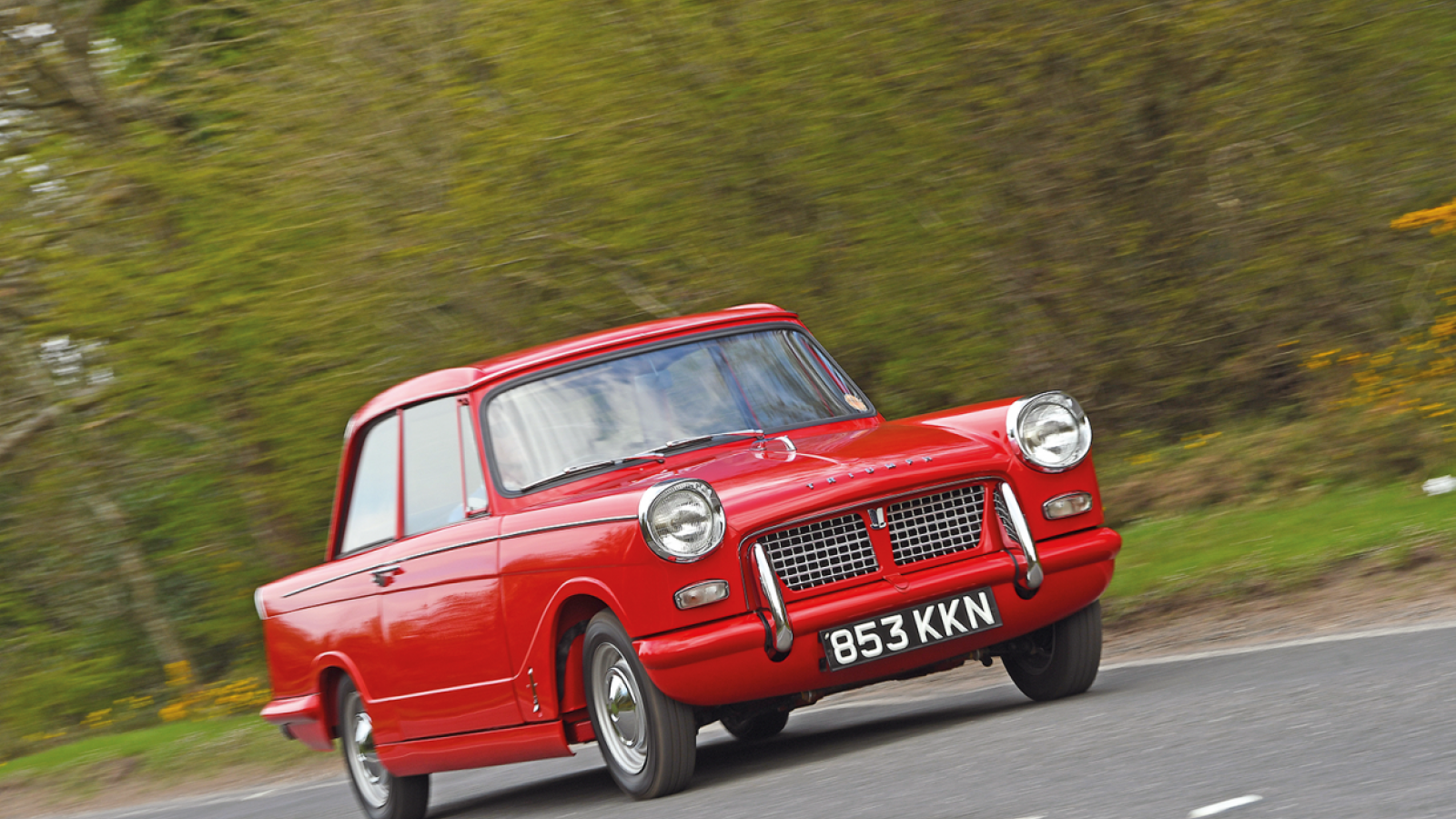 © John Bradshaw/Classic & Sports Car
© John Bradshaw/Classic & Sports Car -
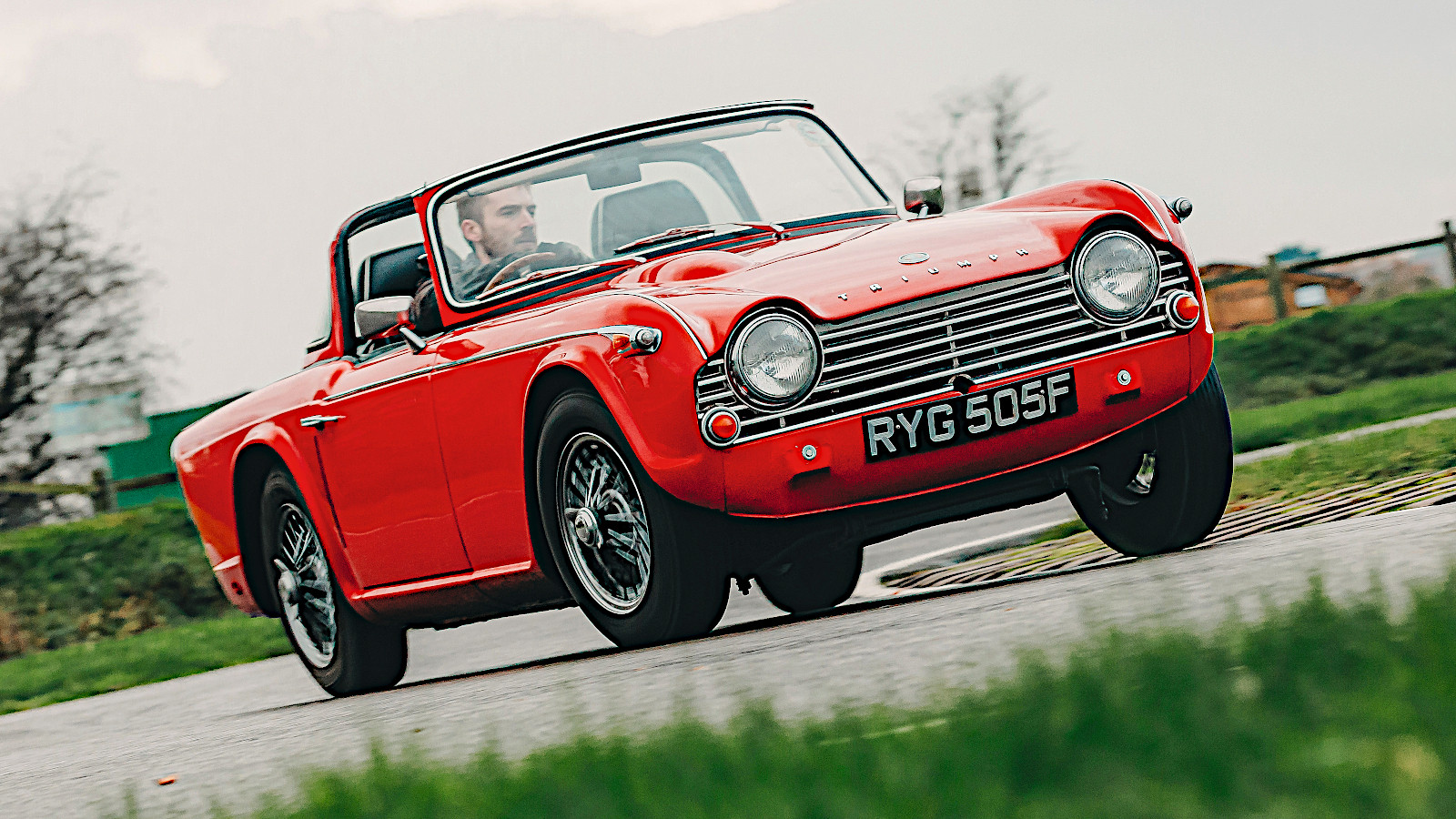 © Max Edleston/Classic & Sports Car
© Max Edleston/Classic & Sports Car -
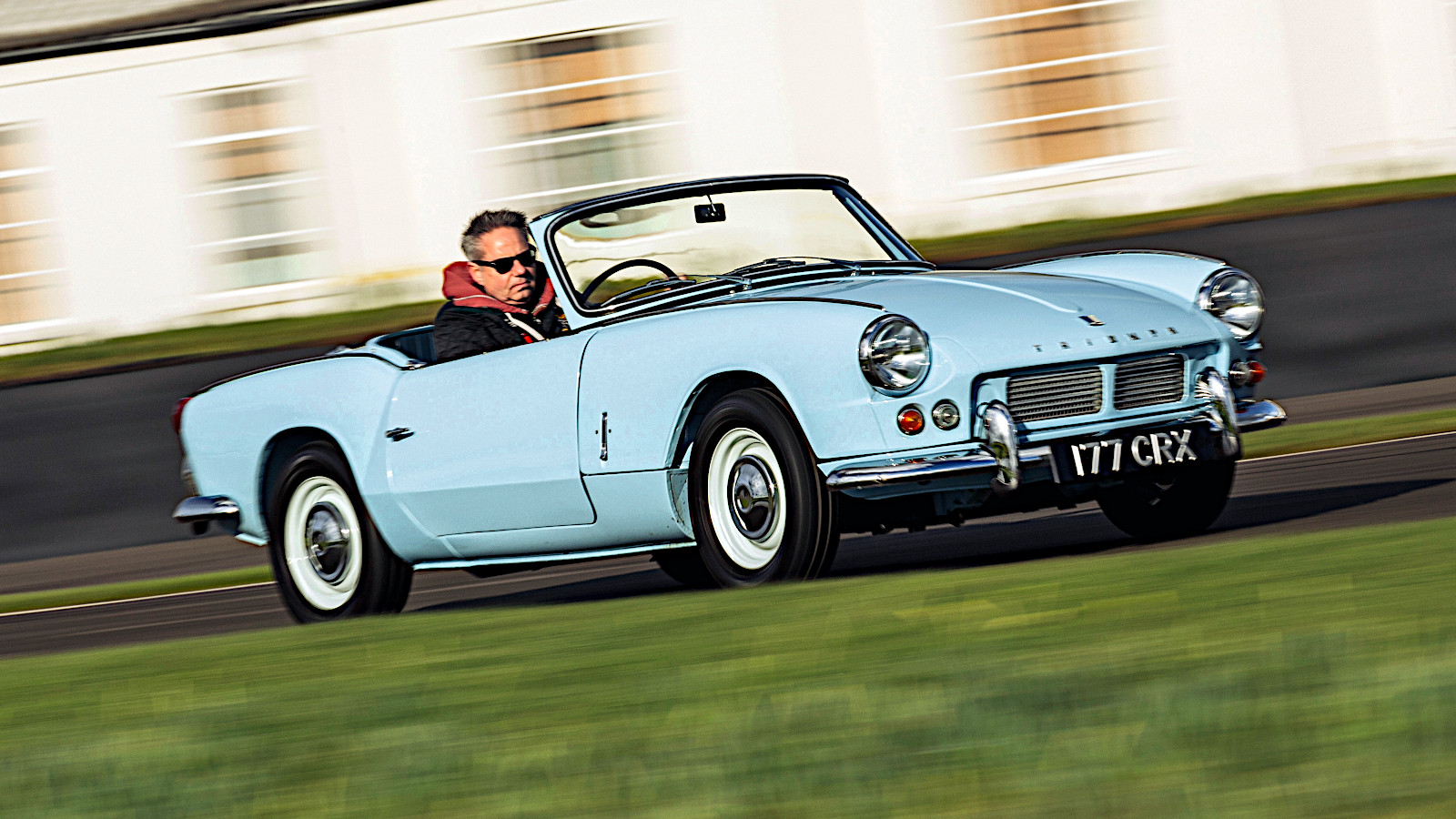 © Luc Lacey/Classic & Sports Car
© Luc Lacey/Classic & Sports Car -
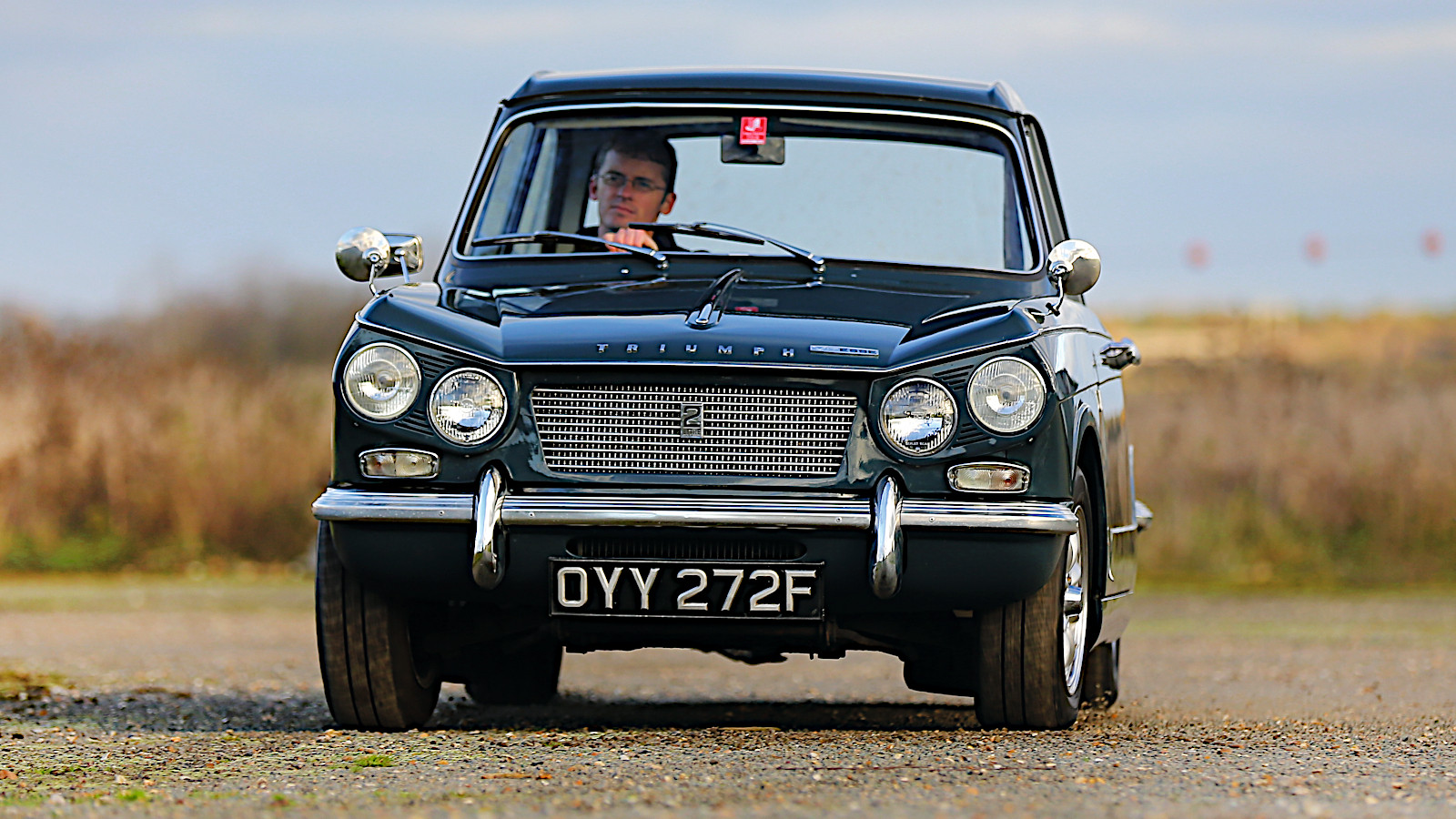 © Julian Mackie/Classic & Sports Car
© Julian Mackie/Classic & Sports Car -
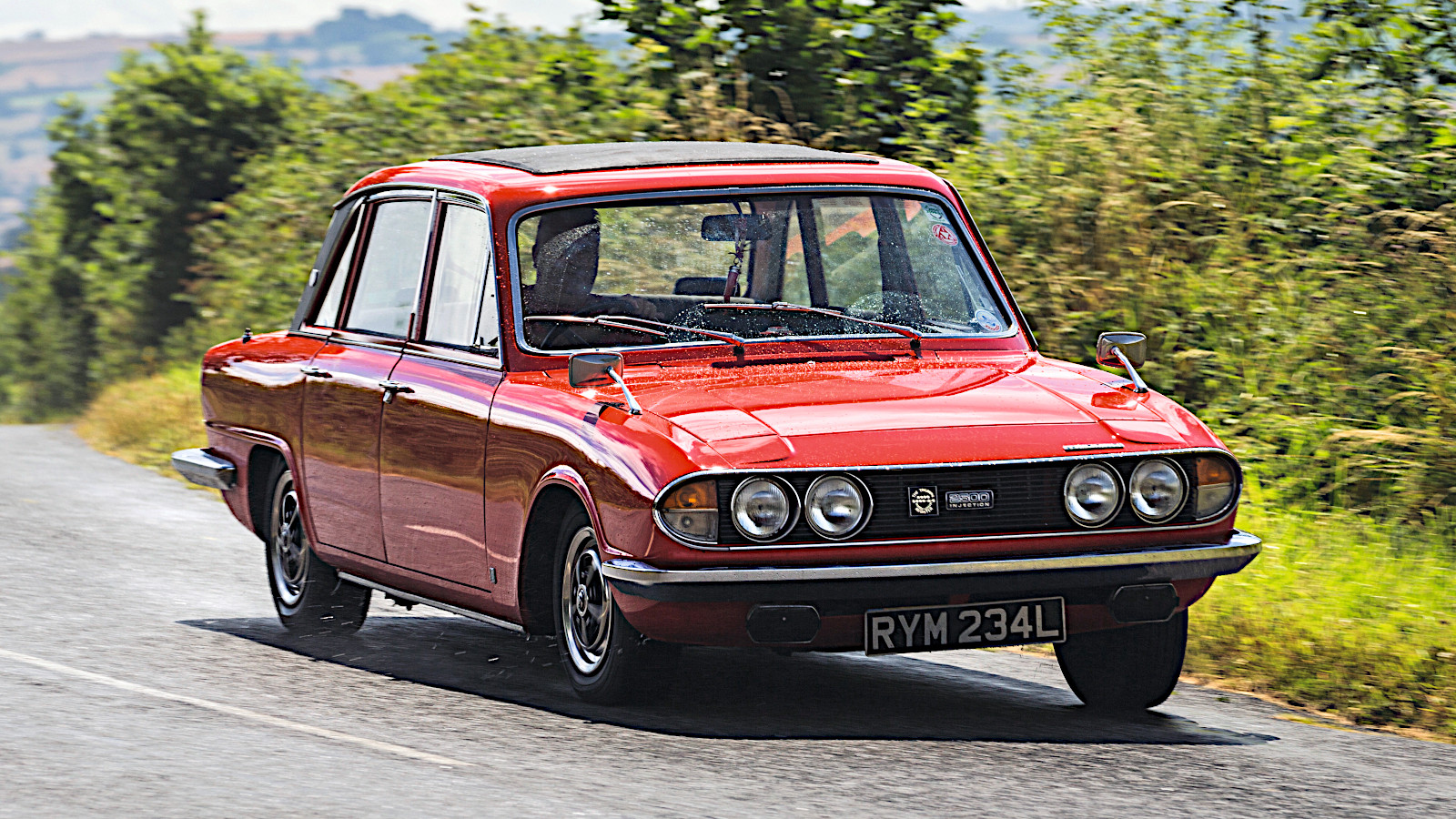 © Luc Lacey/Classic & Sports Car
© Luc Lacey/Classic & Sports Car -
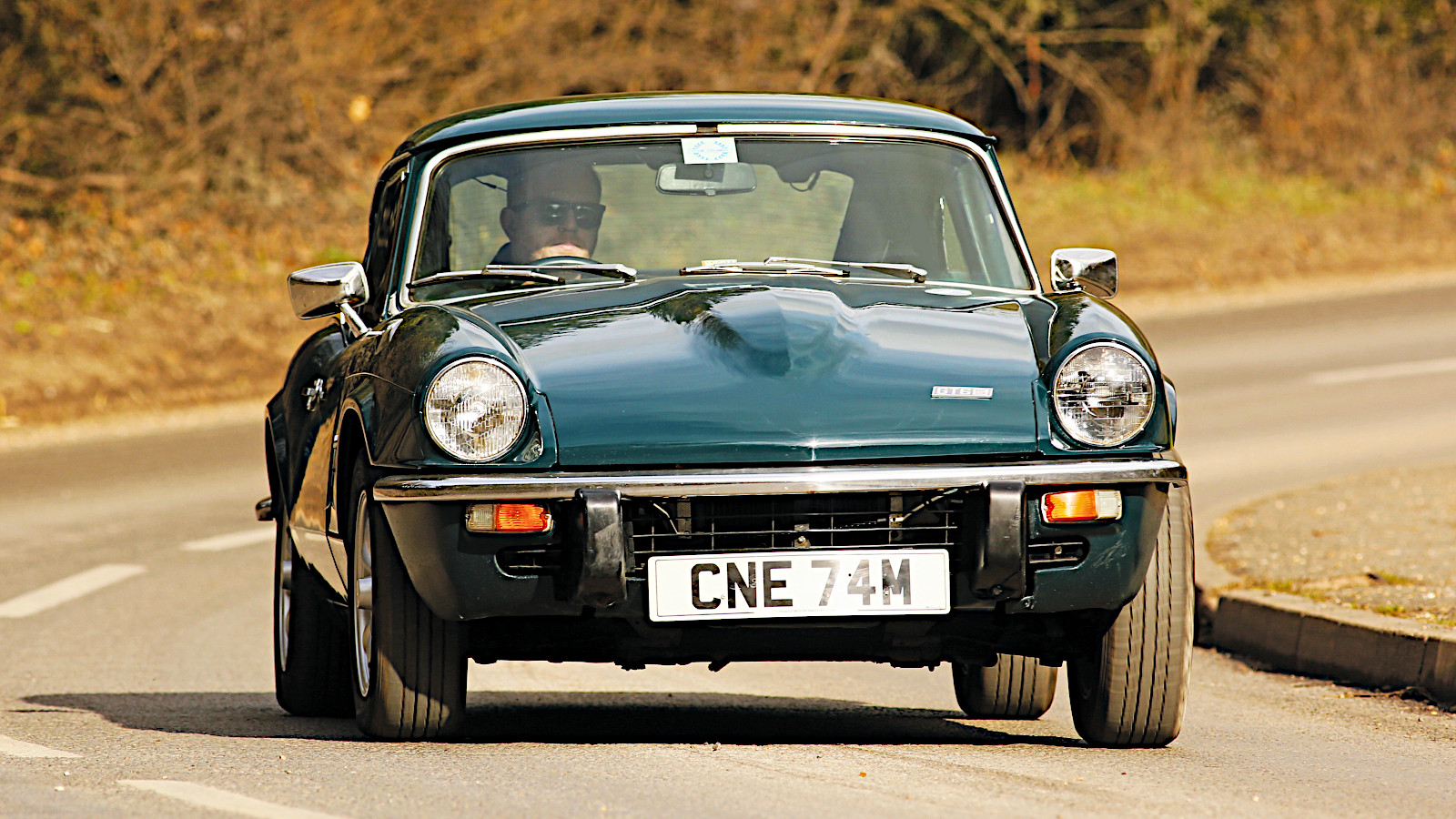 © Tony Baker/Classic & Sports Car
© Tony Baker/Classic & Sports Car -
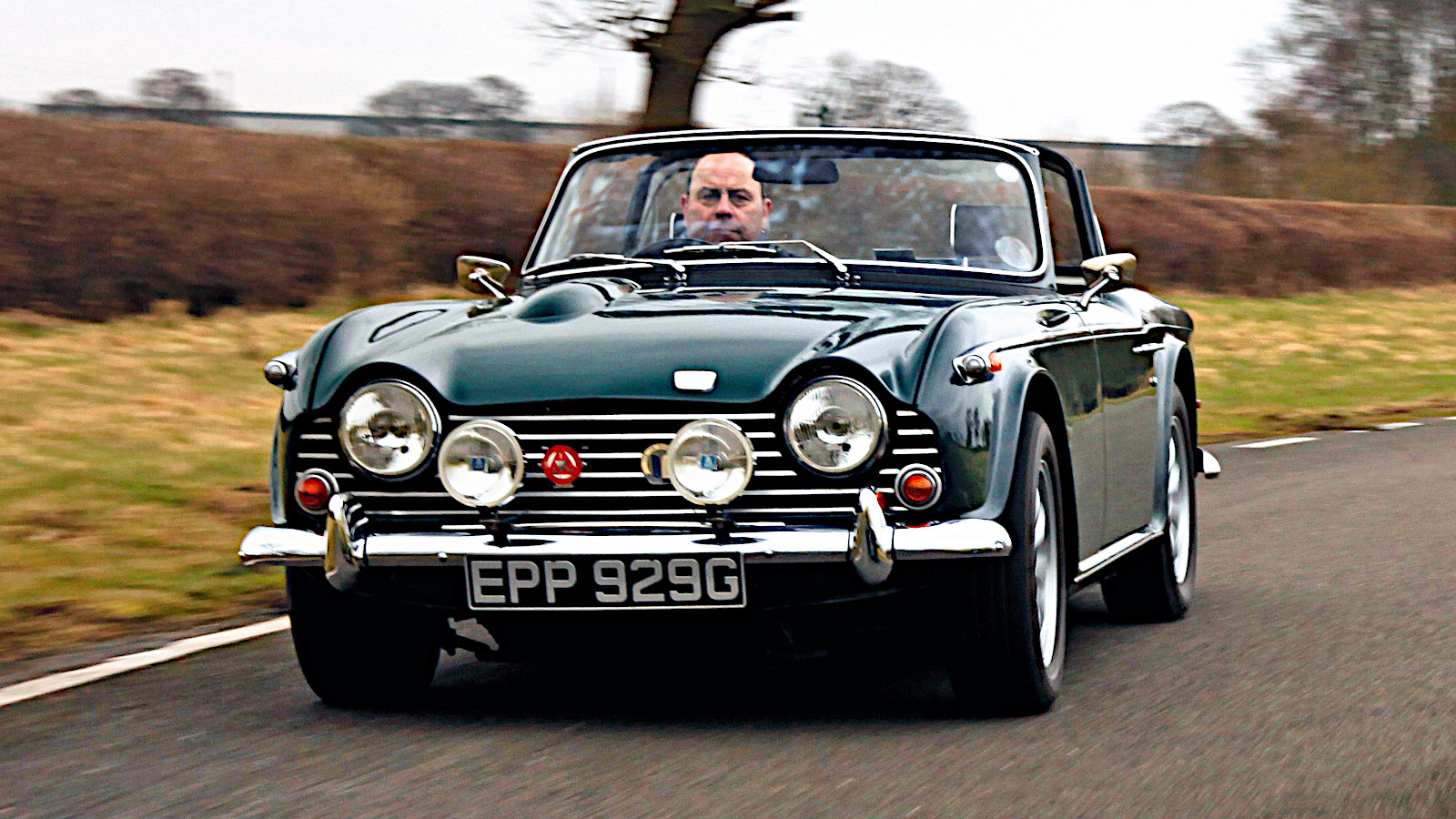 © Tony Baker/Classic & Sports Car
© Tony Baker/Classic & Sports Car -
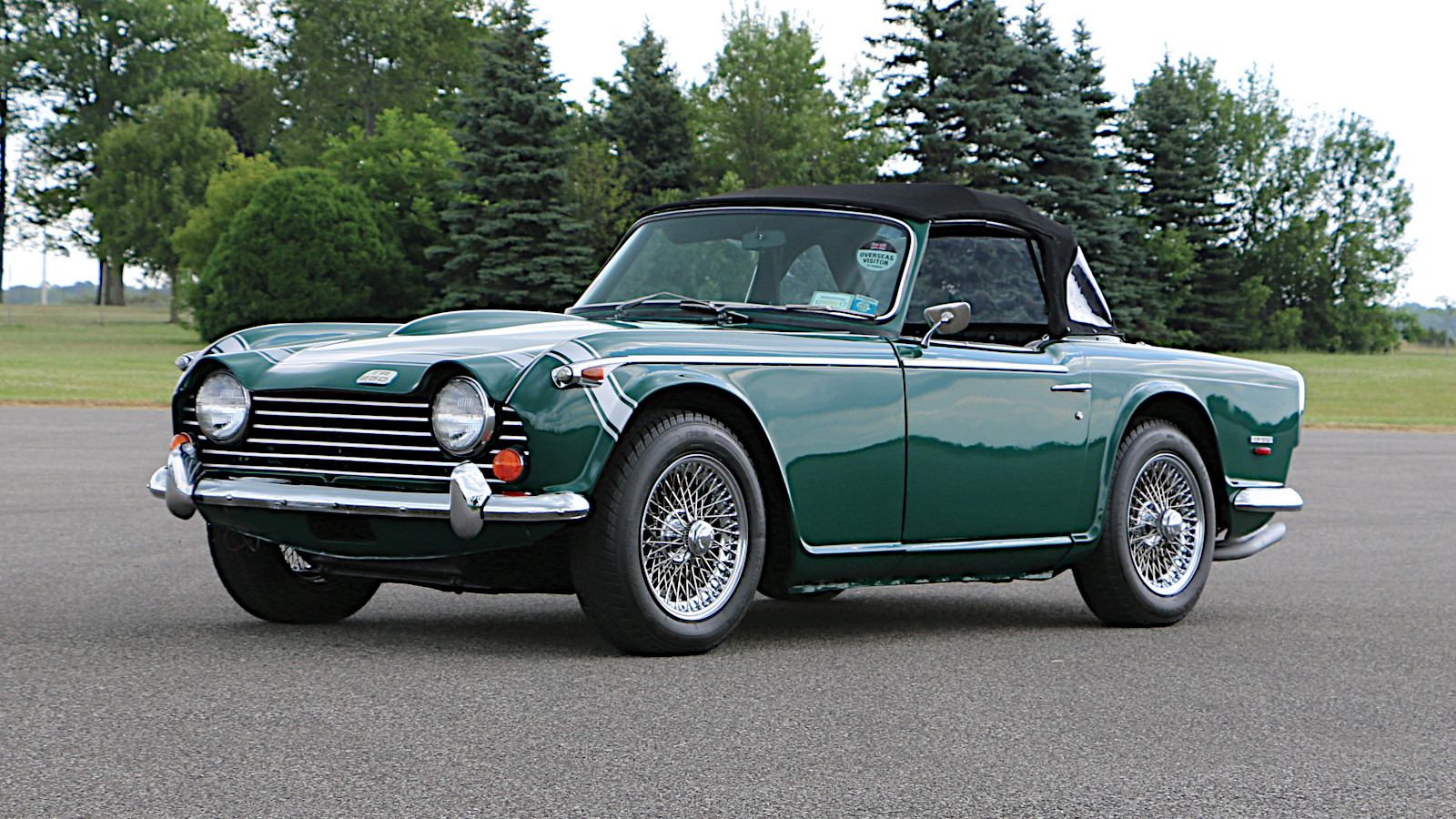 © RM Sotheby’s
© RM Sotheby’s -
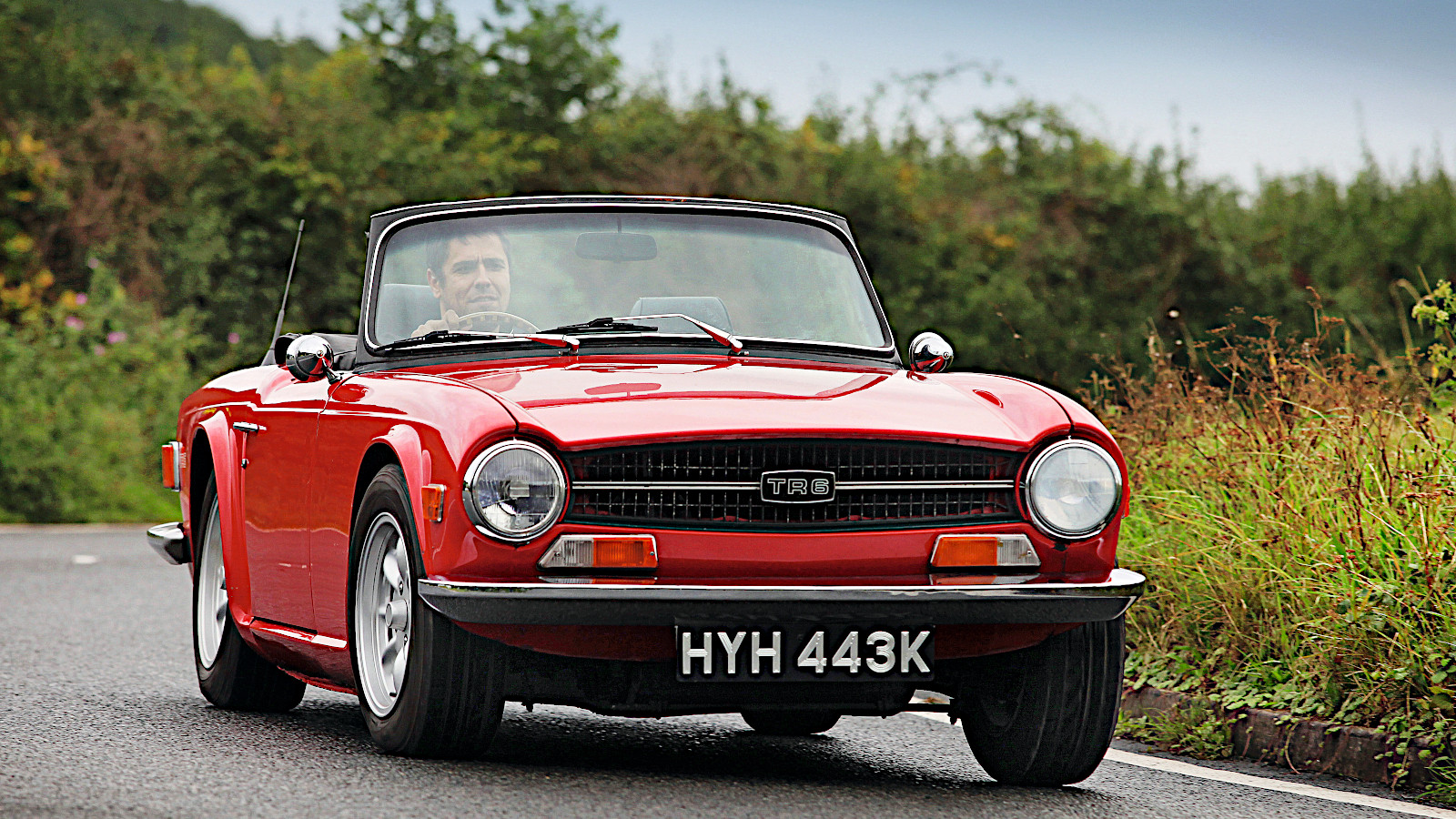 © James Mann/Classic & Sports Car
© James Mann/Classic & Sports Car -
 © Will Williams/Classic & Sports Car
© Will Williams/Classic & Sports Car -
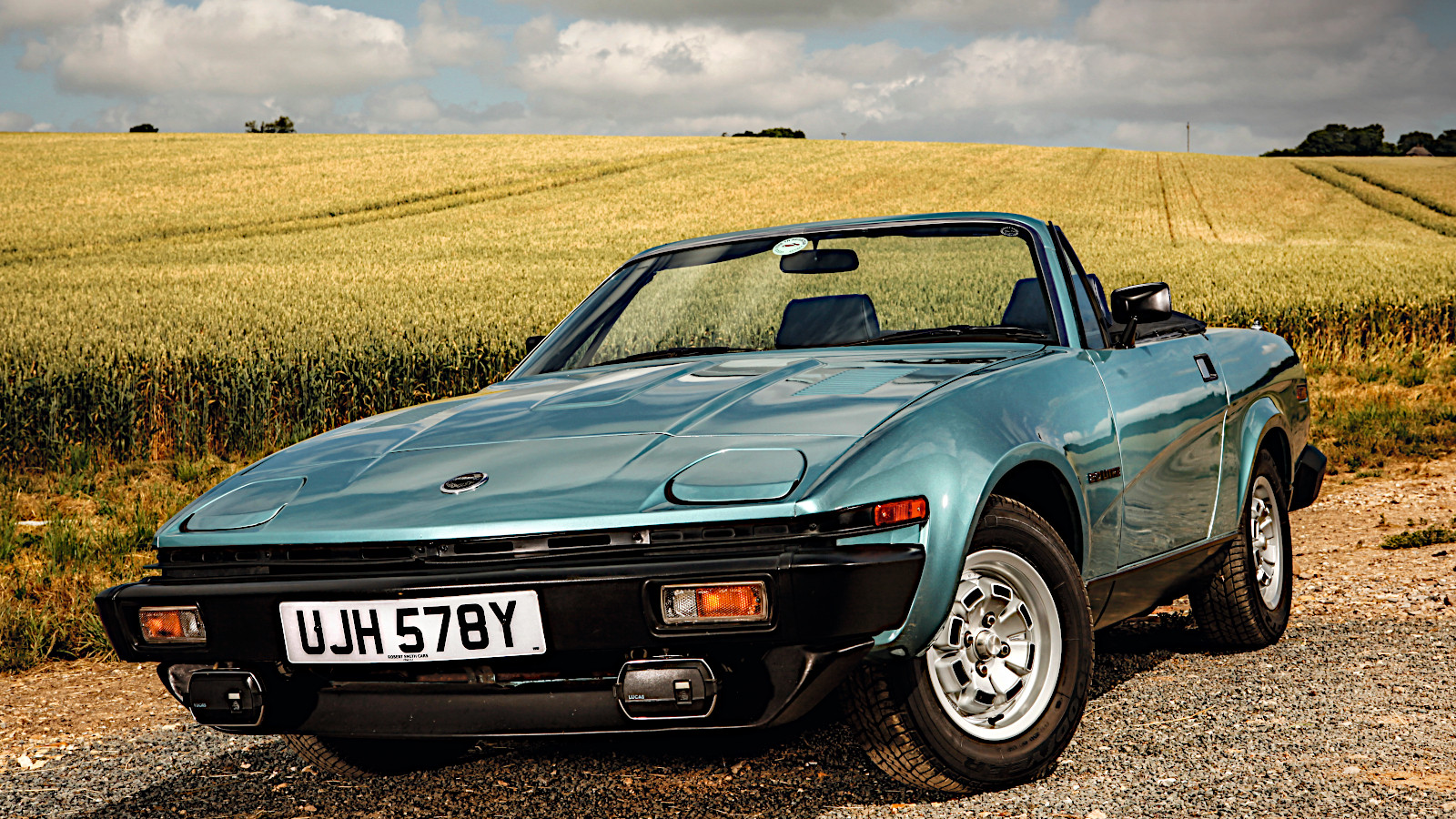 © Tony Baker/Classic & Sports Car
© Tony Baker/Classic & Sports Car -
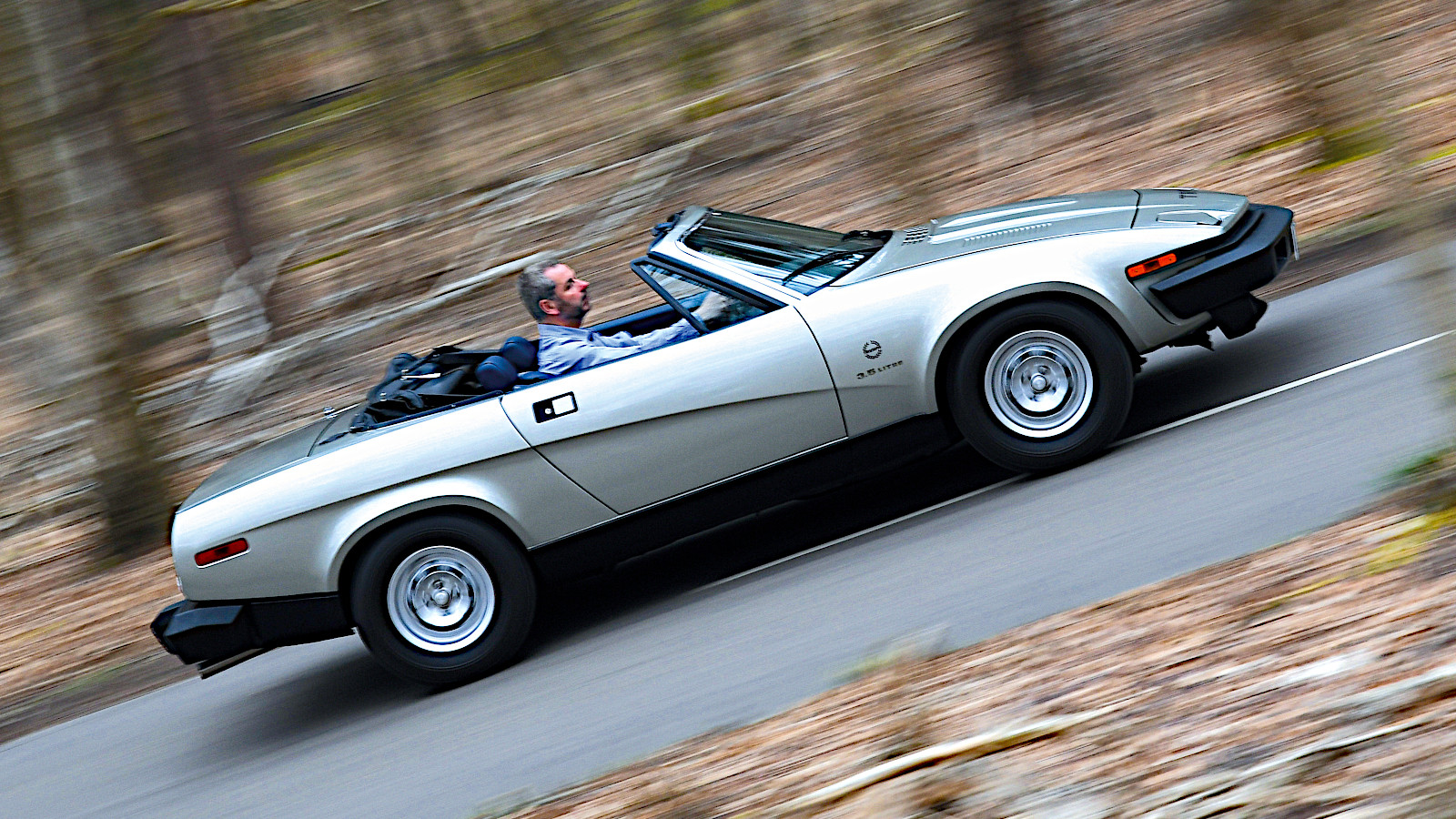 © John Bradshaw/Classic & Sports Car
© John Bradshaw/Classic & Sports Car
-
Happy 100th birthday
Triumph started out as an importer and manufacturer of bicycles, then moved into ’bikes and, eventually, nearly 40 years after its foundation, built its first car in 1923.
In motor industry terms, Triumph is therefore now in its centenary year – or it would be, if the brand hadn’t faded into dormancy in the 1980s.
Perhaps best known for its sports models, Triumph also built cars of several other types. Some of its models were not particularly successful, but others were significant in several ways, and those are the ones we’re looking at here.
-
Triumph 10/20
Triumph’s first four-wheeler was a light car named, typically for the 1920s, after its taxable and actual horsepower.
Sold as either a saloon or a tourer, it was expensive for its class and time, which reflected its high build quality.
It was followed by the similar (though larger) 13/35, then by the 15/50, also known as the Fifteen. Either of the first two was one of the first British cars fitted with hydraulic brakes, though sources disagree about which one it might have been.
Each model had a larger engine than the one before. The unit in the Fifteen measured 2169cc, a capacity no other Triumph would exceed until the 1960s.
-
Triumph Super Seven
Far smaller than any of the preceding cars, the Super Seven was launched in 1927 as a rival, more or less, to the Austin Seven.
In fact, the Triumph was positioned slightly further upmarket than the Austin. Its engine was larger, at 832cc (though Triumph used Austin’s 747cc capacity for the supercharged version), and its crankshaft had three bearings rather than the Austin’s two.
The Super Seven was available with several body styles, one of which – a round-tailed sports tourer – was known as the Gnat.
Towards the end of the car’s seven-year production life, it was updated and renamed Super Eight.
-
Triumph Super Nine
Similar in size to the Fifteen, the Super Nine was one of the first Triumphs fitted with a new 1018cc engine designed by Coventry Climax, which featured overhead inlet valves.
Introduced in 1931, it was offered with saloon and tourer bodies, and was mechanically similar to another tourer, the first of several Triumph models known as Southern Cross.
After two years, the Super Nine gave way to the Super Ten. This was essentially the same car, but it was a bit longer and the engine was enlarged slightly to 1122cc.
-
Triumph Gloria
From 1933 to 1938, Triumph produced a fantastically complicated range of cars under the Gloria name.
Glorias were available with saloon, coupé and tourer bodies, two wheelbases, and four- and six-cylinder engines ranging in capacity all the way from 1087cc to 1991cc.
The more sporting versions were very elegant, and the range as a whole was reviewed favourably in the press.
In business terms, none of this was much help to Triumph, which went into receivership in 1939.
-
Triumph Dolomite
The first Dolomite (pictured) was a very elegant 1934 sports car fitted with a straight-eight engine. It was used in competition, but never went into full-scale production.
The name was brought back two years later for a car built in much larger numbers.
Characteristically for Triumph at the time, there was a wide choice of bodies, including a saloon, a coupé and a roadster.
These Dolomites were powered by the larger of the engines used in the Gloria, starting with a 1496cc four-cylinder unit.
-
Triumph TR2
In the immediate post-war years, Triumph, now owned by Standard, mostly concentrated on producing saloons, but this was not a sign of what was to come.
The arrival of the TR2 in 1953 indicated that Triumph’s immediate future lay instead in sports cars.
Far more modern-looking than the earlier, and not very successful, Roadster, the TR2 was very compact and powered by a 1991cc four-cylinder Standard engine.
It was reported in its day to be the cheapest British car capable of 100mph. Modified versions were used successfully in both rallying and circuit racing.
-
Triumph TR3
The exceptionally popular TR3 was an evolution of the TR2 produced from 1955 to 1962.
The earlier model’s 1991cc engine was retained, but a 2138cc version became available during the TR3’s lifetime.
Two updates led to later cars becoming known unofficially as the TR3A and TR3B. The model was also the basis for the beautiful, Giovanni Michelotti-designed Triumph Italia, which was not sold by Triumph itself.
TR3s were widely used in motorsport, often in international events. At a lower level, future Formula One World Champion Jim Clark used a TR3 – one of the very few cars he both owned and competed in – for two hillclimbs and a sprint in the summer of 1958.
-
Triumph Herald
After a pause lasting half a decade, Triumph returned to the saloon-car sector with the Herald in 1959.
For business reasons, it was constructed using the archaic body-on-chassis method. One positive aspect of this was that Triumph was able to resume its old policy of offering several body styles with little in the way of either complication or cost. Saloons, coupés, convertibles, estates and even a van derivative called the Courier were all available.
The original engine size was a modest 948cc, but 1147cc and 1296cc units were offered later.
By Triumph’s standards, if not by those of a major manufacturer at the time, the Herald was a big seller – more than half a million examples found buyers in 12 years, the most popular version being the 1147cc saloon.
-
Triumph TR4
Launched in 1961, while the TR3 was still on sale (and shortly after Standard-Triumph was acquired by Leyland Motors), the TR4 did not represent a great advance technically, but it had a very different body, designed by Michelotti.
Among other changes, the new car now had ‘proper’ doors rather than the cutaway ones fitted to earlier TRs.
In 1965, the TR4 became the TR4A (pictured). There were some styling updates, but the most significant new feature was independent rear suspension.
This was standard everywhere except in North America, where it was offered as an option. Most TR4As sold there had the old live-axle set-up.
-
Triumph Spitfire
Although it didn’t look like it, the Spitfire two-seat roadster was closely related to the Herald, with similar body-on-chassis construction and the same engine.
A rival to the Austin-Healey Sprite and MG Midget, it made its debut in 1962, and remained in production until 1980.
During this period there were five generations, though the changes mostly involved slight redesigns and equipment updates.
The engine also grew in capacity, starting out at 1147cc and later reaching 1296cc. In the Spitfire’s last years, it was expanded still further to 1493cc, making it larger than it had ever been in the Herald.
-
Triumph Vitesse
The other Herald-derived Triumph introduced in 1962 was given the Vitesse name, last used by the company in the 1930s.
Unlike the Spitfire, it looked very much like the Herald, though its front-end styling, which included twin headlights, was more aggressive.
This was appropriate, because the Vitesse was a much faster car. At first, it was powered by the 1596cc straight-six engine which had first appeared in the Standard Vanguard Six two years before the Vitesse arrived.
The same unit was expanded to 1998cc in 1966, and was given a power boost as part of a model update in 1968. The Vitesse, sold mostly as a saloon but also as a convertible, remained in production for a further three years.
-
Triumph 2000/2500
The 2000 was a well-received executive car powered by the same 1998cc straight-six engine used in the Vitesse.
In 1969, it was completely, and very effectively, restyled, as pictured above. The new front-end treatment resembled that of the interesting, but sadly unreliable, Stag sports car launched the following year.
Variants of the 2000 with a 2498cc version of the same engine were known as 2.5 PI if fitted with fuel injection, or 2500 if not.
What’s more, 2.5 PIs finished second and fourth in the 1970 London to Mexico World Cup endurance rally, making their mark in a top six otherwise dominated by Ford Escorts.
-
Triumph GT6
At heart, the GT6 was essentially a coupé version of the Spitfire, but its character was quite different.
That’s because it was powered by the 1998cc straight-six engine already used in the Vitesse. This gave the GT6 considerably greater performance than the Spitfire – and made it sound far more exciting.
Over seven years of production, from 1966 to 1973, the GT6 was gradually revised. The styling was updated, plus attention was paid to the swing-axle rear suspension, which wasn’t ideal in the Herald or Spitfire and could cause serious problems in the significantly more powerful coupé.
This is possibly why there was never a 2.5-litre GT6. The engine was certainly available, but its effect on the car’s handling might have been unfortunate.
-
Triumph TR5
Although, as we’ve seen, Triumph introduced several new models in the same period, only six years separate the launch of the TR4 from that of the TR5.
Visually, there was almost no difference between them. The change of model name was prompted almost entirely by a switch from the 2138cc four-cylinder engine to the fuel-injected 2498cc straight-six, which would later appear in the 2.5 PI.
The TR5 was the shortest-lived of all the TR sports cars. Introduced in August 1967, it would be replaced not much more than a year later by a model whose name could by now be easily guessed by anyone familiar with Triumphs.
-
Triumph TR250
Although it was given its own model name, the TR250 was simply a TR5 with carburettors rather than fuel injection.
It was aimed at customers in the US, a very important export market for Triumph and one where fuel injection was not considered suitable in the late ’60s.
According to the factory figures, the change reduced the engine’s maximum power output by almost exactly one third, from 150bhp to 104bhp.
As disappointing as this might sound, the TR250 was very successful. In all, 8484 examples were produced, compared with 2947 TR5s, of which only 1161 were built specifically for sale in the UK.
-
Triumph TR6
The inevitably named TR6 had a new body, designed by Karmann, which hid the fact that this car was more or less the same thing as the TR5, but it had a much longer production life, from 1968 to 1976.
Like the TR5/TR250 (though this time all the cars had the same name), the TR6 was sold with fuel injection on the by now very familiar 2498cc straight-six engine in most markets, but with carburettors – and far less power – in the US.
The effect was much the same. Of the 91,850 TR6s built, 78,147 were destined to spend their lives in North America.
-
Triumph Dolomite
At the same time that it was creating new sports cars, Triumph produced several small saloons in the 1960s and 1970s.
These included the 1300, the 1500 and the Toledo, but the best-known today is almost certainly the Dolomite.
This is largely due to the existence of the Dolomite Sprint, whose powerful 1998cc engine had – very unusually for the time – 16 valves, all of them operated by the same camshaft.
The Sprint performed very well in competition, notably the British Saloon Car Championship, and is still used in classic racing today.
-
Triumph TR7
The TR series came to an end (or, as we’ll see shortly, almost did) with the TR7.
Mechanically conventional, but with controversial wedge-shaped styling, it was available first as a coupé and later as a convertible, and was powered – under this name, at least – by four-cylinder engines rather than the previously customary six-cylinder units.
Levels of enthusiasm for the TR7 varied widely during its lifetime – and still do – but there is no doubt that it was the most successful TR of them all, being the only one to achieve sales of more than 100,000.
It can also be described as the last ‘true’ Triumph. The brand’s next, and final, model – the Acclaim saloon of the early 1980s – was a slightly reworked, British-built version of the Honda Ballade.
-
Triumph TR8
Fitting the 3528cc Rover V8 engine under the bonnet of the TR7 made the car far more powerful and better-sounding than it had been before.
In this form, it was sold almost entirely in North America under the TR8 name. All TR8s offered to the public were convertibles.
In contrast, the dramatic competition car which formed the basis of British Leyland’s international rallying campaign was a coupé.
It was known as the TR7 V8, though this name was never used for a production model.
